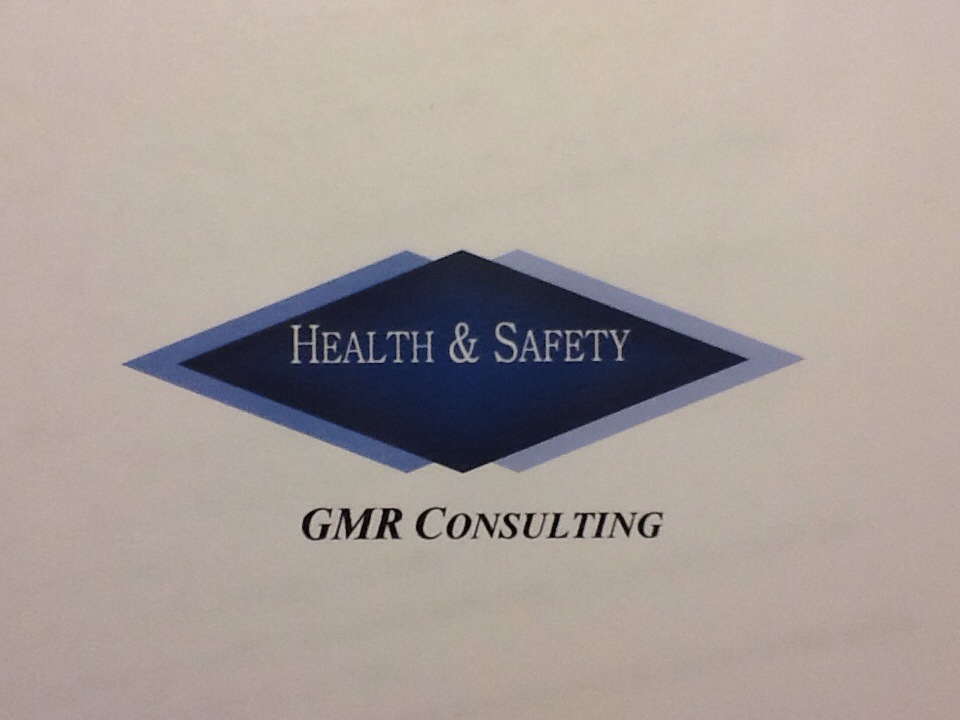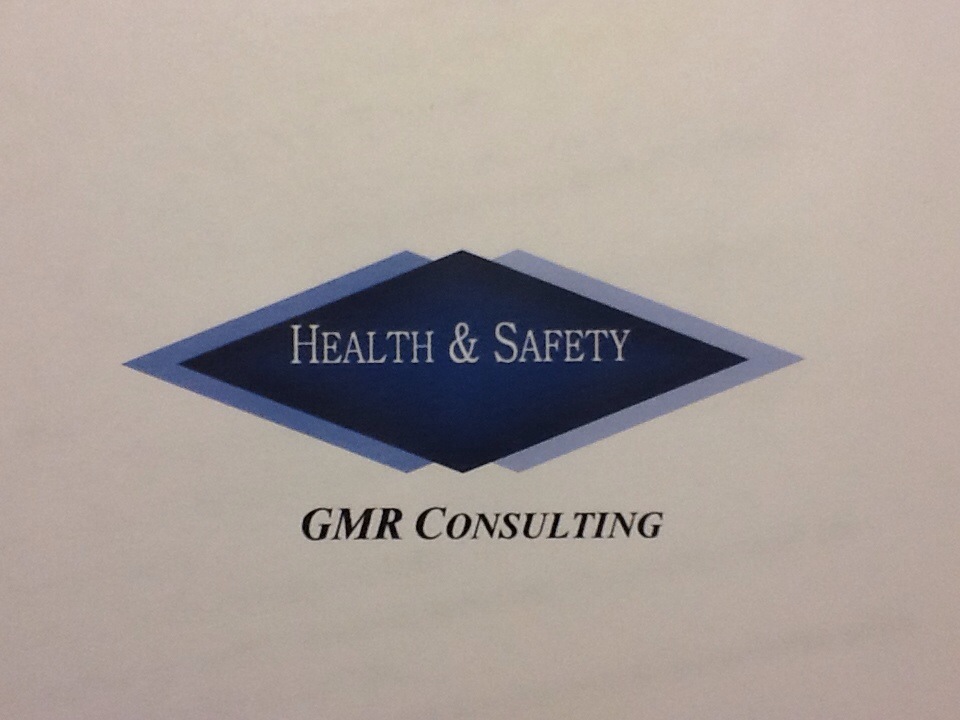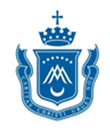Title Page
-
Site conducted
-
Conducted on
-
Prepared by
-
Location
Safety Management
-
Who is responsible for the hospital safety program?
-
What is the title of the person responsible for the safety program?
-
Are there other personnel that has responsibilities for portions of the hospital safety program?
-
List other persons responsible for the safety program.
-
Has the person responsible for the safety program been given authority in writing by the CEO and the board?
-
Has the person responsible for the safety program had training or experience in healthcare safety?
-
Is Security part of Safety Management or a separation function/department?
Safety Committee/Environment of Care (EOC) Committee
-
What is the name and title of the safety committee/Environment of Care (EOC) committee chairman?
-
What is the frequency of meetings of the Safety/EOC committee?
-
Who maintains the committee minutes?
-
Are committee minutes or summaries of the meetings shared with other functions or committees?
-
Who are the minutes shared with?
-
Are follow up actions included and documented in old business items within the minutes?
-
What departments are represented on the committee?
- Nursing
- Plant operations
- Physical Therapy
- Administration
- Human Resources
- Medical Staff
- Dietary
- Environmental Services
- Security
- Others
-
Are attendance of members included in the minutes?
-
Are incident trending data included within the minutes that address frequency of incidents and categorized by severity and frequency by departments/units?
-
If trending data is included in the committee minutes, what areas does it include?
-
Are there sub-committees developed on focused safety issues that report to the Safety/EOC committee?
-
If sub-committees are used, what areas do they address? (employee or WC, security, fire safety)
Education-safety and security
-
For NEW EMPLOYEE orientation, is the hospital safety program addressed that includes hazards identification and accident reporting?
-
Is annual education provided for ALL EMPLOYEES that include accident trends, accident reporting and follow up?
-
For specific issues for types of accidents such as needle sticks, proper lifting to reduce muscle strains/sprains, investigation of accident causes provided to ALL STAFF MEMBERS as well as problem areas for high risk departments provided?
-
Is the education position responsible for hospital education programs included on the hospital safety/EOC committee?
Human Resources/Employee Health
-
Does the employee health function report to Human Resources?
-
Is the Human Resources department responsible for workers compensation?
-
Is there a specific policy for workers compensation that addresses safety, accident prevention, accident/illnesses reporting, claims processing?
-
What role, if any, does the Human Resources department play in the hospital safety program?
-
If Human Resources manages the workers compensation program, are REPEAT ACCIDENTS by employees monitored and a summary provided to the Safety Officer?
-
How are department directors held accountable for accidents within their department (annual evaluations)?
-
Is there a job description for EACH EMPLOYEE that includes the physical requirements including lifting, patient transfer, material movement, etc.?
Life Safety and Fire Protection Issues
-
Are fire drills conducted once per shift per quarter in each building?
-
Are fire extinguishers checked monthly and dated?
-
Are critiques conducted on all fire drills to evaluate fire safety equipment, building features and staff responses to the fire drill?
-
Are there any dead-end corridors in the hospital, not exceeding 30 feet and the area at the end marked "Not an Exit"?
-
Is the hospital totally sprinklered or partially?
-
Are there laundry or trash chutes used in the facility?
-
If laundry or trash chutes used, are the collection rooms sprinkled and the chute doors equipped with fusible fire links to close?
Emergency Management
-
Are external disaster drills conducted semi annually?
-
Are internal disaster drills conducted?
Hazardous Material Issues
-
Who is responsible for managing the hazardous communication requirements?
-
Are MSDS available to the staff in all areas?
-
Is training provided on the Hazardous Material program and the use of MSDS to all employees?
Medical Equipment Issues
-
Is there a policy that prohibits the use of outside equipment or personally owned equipment from being use in the facility?
-
Is there a medical equipment inventory of all equipment that categorizes the device as high risk or life-support or non-high risk?
-
Is all medical equipment calibrated and checked for risk of use to the employees and patients performed at least annually or more often according to the manufactures recommendations?
-
Is there a biomedical department responsible for checking medical equipment?
Utilities Issues
-
Does the facility utilize Hyperbaric services?
-
Are all requirements of NFPA 99-2012 Chapter 14 for Hyperbaric Chambers met?
-
Med/Surg Units
-
Are all corridors free from storage and Equipment?
- Yes
- No
- N/A
-
Are med/surg unit storage rooms kept in an orderly fashion to access equipment and reduce falling items?
-
Is patient lifting equipment properly storage and accessible?
-
Are ALL patient bathrooms equipped with a locking device accessible by the staff ?
Dietary Issues
-
Are automatic fire-extinguishing systems within the kitchen inspected every six months (discharge of the fire-extinguishing system is NOT required)?
-
Are floors free from water accumulation with emphasis on dish washing areas?
-
Are all hot water pipes insulated to protect dietary staff
-
Are food storage areas well maintained with proper storage of heavy items at floor level and no storage above 18 inches to the sprinkler heads?
-
All all walk-in freezer or cooler units equipped with emergency door handle latches?
-
Are knives or other cutting items stored properly?
-
Are protective gloves provided and used for dietary employees that cut food items?
-
Are head covers required and worn by all persons within the food preparation areas for proper sanitation?
-
Are floor matts provided for slippery areas within the kitchen?
-
Are proper clothing properly worn by dietary workers that includes proper aprons, non-slip foot wear, head covering, etc.?
-
Are cleaning supplies used for ovens/stoves properly stored and labeled and protective clothing worn when cleaning that includes protective eye wear, gloves, etc.?
Imaging Issues
-
Is there a policy regarding pregnant employees working within the department where radiation may cause harm to the unborn fetus?
-
Are dosimeter badges worn by ALL employees and evaluated regularly for excessive exposure?
-
Is annual education on proper techniques proved to all employees responsible for patient transfer or patient movement to and from tables or other equipment where body mechanics are needed?
Outside Issues
-
Is weather, such as snow and ice, a risk to slippy conditions?
-
Is there a contract for ice and snow removal?
-
Are parking lots for visitors and employees well maintained with no tripping hazards such as uneven pavements, pot holes, etc.?
-
Are sidewalks maintained with level walking surfaces and proper marking?
-
Are there outside stairs provided with required handrails?
-
Are perimeter doors properly marked and locked except for designated entrances?
-
Are walkways between buildings in good order with no tripping hazards?
-
Are emergency call stations available in employee and visitor parking lots?
-
Are CCTV's used for parking lots?
-
Is the Emergency entrance well marked and easily identified?
-
Are oxygen and other piped in gas areas kept locked and secured?
Security Issues
-
Who is responsible for hospital security?
-
What type of security personnel are available in the hospital?
- In-house security staff
- Contract Security staff
- Off-duty police
- Combination of hospital staff and off-duty policy
-
Are security issues/incidents reported to the appropriated person (risk management, Human Resources, Quality, and safety) involving employees, patients, visitors and physicians?
-
Are "near miss" incidents, such as verbal abuse, threats, spitting, etc., reported?
-
Is deescalation training provided to ALL employees of the hospital include temporary staff?
-
Is there an outside source or a staff person certified to provide deescalation training?
-
Is there 8 hour crisis prevention and deescalation training provided to the following?
-
Are overnight guest allowed that are identified as such with identification of areas accessible to the visitor?
-
Are all outside doors locked that prohibits entry into the hospital during non-visitor hours except for the emergency unit?
-
Are security rounds conducted throughout the hospital during the evening and night shifts?
-
Does the hospital use off-duty police personnel stationed at the Emergency department during the evening and night shifts?
-
Are security personnel equipped with personal protective devices and properly trained on the use of these devices?
-
What security protective devices are used by the security staff?
-
If firearms are used by security personnel, is annual training and certification obtained by all personnel?
Surgery/Obstetrics
Behavioral Health
-
Is the behavioral health unit secure going-in and going-out of the unit with audio and visual alarms?
-
Are there metal detectors or hand held wands available and used prior to entry into the unit?
-
Is there 8 hours of deescalation training to ALL behavior health staff, including temporary staff and hospital staff that may visit the unit for work purposes (housekeeping, dietary, ancillary, etc.)?
-
Are behavioral health security isolation rooms totally free of material or objects that create potential harm to patient and staff?
-
Are cameras used to monitor day rooms or multi-purpose rooms viewable at the nursing stations?
-
Are monitors available at the nursing station that views patients in security isolation rooms?
-
Is the behavior health unit nursing station secure and protected for patients?
-
Are there duress alarms available at the nursing station to call for assistance from agitated or unruly patients?
-
Are the hospital staff responding to a security code from the behavior health unit trained for deescalation and physical threats?
-
Are all patient rooms in the behavioral health unit equipped for suicide prevention?
-
Is there a hospital code specific to elopement from the behavioral health unit?
Special Care Unit
-
Is security provided that limits visitors within the unit?
-
Is equipment maintained in an orderly fashion to allow treatment and reduce tripping from cords and other equipment?
-
Are waiting areas provided that is separate from the special care units and limits the number of visitors allowed?
Emergency Services
-
Is the outside of the Emergency Department well lighted and signs
-
Is the signage proper for ambulatory and ambulance entrances?
-
Are the entrances into the ED well secured and employees protected from intruders?
-
Are duress alarms available within the emergency department to call for assistance for unruly patients/visitors?
-
Is the emergency department provided with "safe rooms" for treatment of patients that are deemed a potential threat to themselves or the staff and located next to or adjacent to the nurses stations and equipped with cameras?
-
Are decontamination facilities and supplies available to treat patients exposed to chemical, biological, radiological or nuclear agents?
-
Are off-duty police officers or in-house security staff stationed nearby or immediately available for threats to the hospital staff?
-
Is the triage area of the Emergency department well protected from patient threats with barriers or bullet proof glass?
Plant Operations/Maintenance
-
Is the emergency power generator tested monthly?
-
Do all subcontractors performing work both inside and outside the facility provide evidence of insurance with a minimum of $1M/$3M?
-
Does all subcontractors or contractors working inside and outside the facility provide evidence of workers compensation?
-
Is there any asbestos currently in the hospital construction?
-
If asbestos is within the facility, is there a current O&M plan (operations and maintenance) available?
OSHA Record keeping & requirements
-
Who maintains OSHA records?
-
Is the OSHA log 300 current within 7 days of every recordable incident and up-to-date?
-
Is there a incident report or OSHA Form 301 available with the OSHA case # for each 300 log entry?
-
Is the OSHA Form 300A summary dated, signed and posted February through April each year?
-
Is there a system available for employees to communicate identified hazards or safety issues?
-
Is there a safety incentive program to recognize employees or department that excel in reducing workplace injuries/illnesses?
-
Are emergency phone numbers readily available to contact in-house or outside agencies in emergency situations, e.g., poison control, local police, decontamination issues, bomb or terrorist threat, etc.?
Central Sterile Supply
-
-
Is ETO use for sterilization?
Laboratory
-
Is there a eye wash station or a eye wash device available?
-
Is the eye wash station or flushing device checked for proper function and documented?
-
Is there a safety shower available and periodically tested (annually) with documentation?
-
Are chemical stared properly with required labeling for identity and appropriate warning for corrosive, flammable or caustic materials?
-
Are PPE's (personal protective equipment available and used at all lab work stations?
-
Is eating and drinking prohibited in work areas and a break area separated from the lab working areas?
-
Are Lab coats provided and properly stored to minimize contamination to other parts of the hospital?
-
Are face shields and/or eye protection provided and used at work stations where spills or splashes might occur?
-
Are spill kits readily available in all areas of the lab where chemicals are used or stored?
-
Are fume hoods provided for working with flammable and toxic materials and ventilation tested?
-
Are protective gloves worn at all times at laboratory work stations?
-
Is there a written Chemical Hygiene Plan (CHP) current and available in the lab?
-
Is there a policy prohibiting mouth pipetting of blood or Other Potentially Infectious Material (OPIM)?
-
Is there a current written Exposure Control Plan addressing all employees who come in contact with blood-borne pathogens?
-
Does the hospital laboratory have a policy for waste disposal and prohibits pouring chemicals down the drains?
-
Are Material Data Safety sheets current an readily available to lab employees?
-










